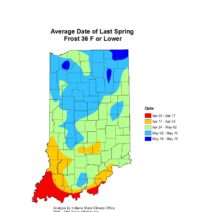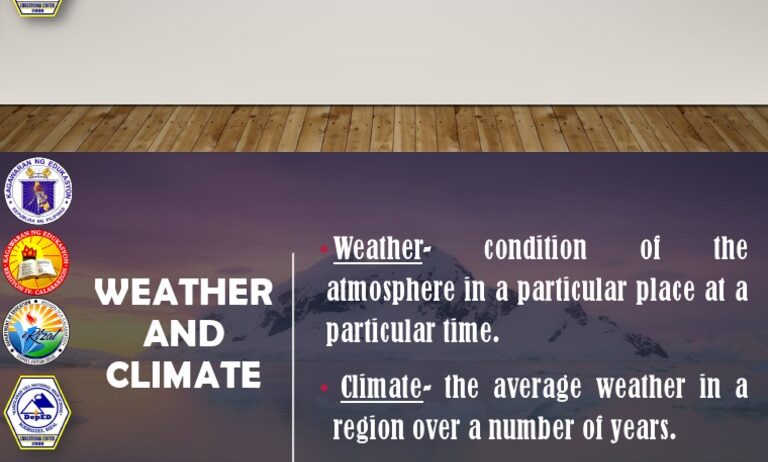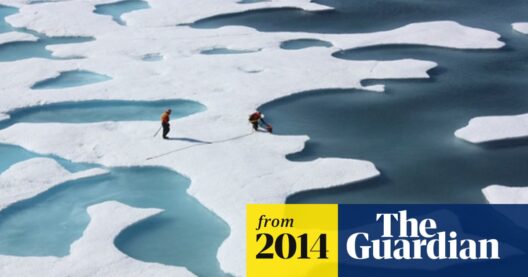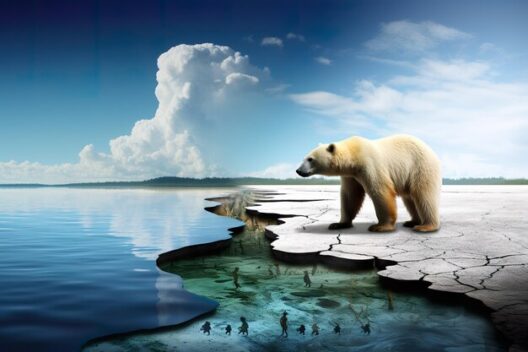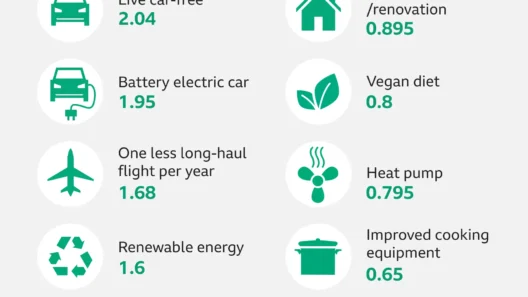Climate is a term that encompasses the long-term patterns of temperature, humidity, wind, and precipitation in a specific region. It is often confused with weather, which refers to the short-term atmospheric conditions. Understanding climate involves delving into a myriad of components that contribute to the Earth’s overall atmospheric behavior. One can think of climate as the set of norms that govern a particular area’s weather over an extended period, typically measured in decades or longer. This discussion explores what climate is, how it operates, and the critical components that define it.
Understanding the Difference: Weather vs. Climate
The distinction between weather and climate is not merely semantic; it is fundamental to comprehending how Earth’s atmosphere functions. Weather is the state of the atmosphere at any given time and place, characterized by various elements including temperature, precipitation, humidity, wind speed, and more. It is prone to rapid changes: sunny mornings can turn into stormy afternoons in a matter of hours. In contrast, climate is an aggregate of these weather conditions measured over a significant timeframe. For example, a region defined as having a tropical climate will typically experience warm temperatures and substantial rainfall year-round.
This long-term perspective holds several implications. For instance, a climatically arid region may experience occasional rainstorms, but these do not negate its classification as arid. Conversely, a humid area with frequent precipitation can still face droughts due to seasonal variations. The climatological analysis focuses on patterns and averages, empowering researchers and policymakers to understand environmental phenomena better.
Components of Climate: The Building Blocks
Several climatological elements work in a concerted manner to define the climate of a particular region. These components include temperature, precipitation, humidity, wind patterns, and atmospheric pressure. Each factor interacts with the others, contributing to unique climatic zones across the globe.
Temperature is one of the most critical factors in determining climate. It varies based on the angle of sunlight received, latitude, altitude, and geographical features such as mountains or bodies of water. In regions close to the equator, the sun’s rays are more direct, resulting in higher temperatures and consistent climatic conditions. Conversely, polar regions experience less direct sunlight and colder temperatures.
Precipitation is equally crucial for delineating climate types. Regions can be classified as tropical, arid, temperate, or polar based on their average annual rainfall. Climates with high precipitation foster lush vegetation and biodiversity, while arid climates often feature sparse plant life and distinct adaptations among flora and fauna.
Humidity plays a significant role in both temperature perception and precipitation trends. Moist air can feel warmer than dry air, affecting daily comfort. It also influences weather phenomena such as storms and hurricanes, shaping the ecosystems found within various climates.
Wind patterns cannot be overlooked in a discussion of climate. The Earth’s rotation contributes to global wind patterns, which in turn affect temperature distributions and precipitation rates. For instance, the trade winds drive moisture from the tropics toward the poles, while prevailing westerlies affect temperate zones.
Atmospheric pressure is another integral component influencing climate. Variations in pressure can lead to the formation of high-pressure systems, resulting in clear skies and dry conditions, or low-pressure systems that often produce clouds and precipitation. Understanding how these pressure systems interact is vital for comprehending weather forecasts and long-term climate predictions.
Climate Zones: The Diversity of Earth’s Climates
Based on the interplay of temperature, precipitation, and wind patterns, the Earth can be categorized into several climate zones. These classifications can aid in understanding the characteristics of each region and the unique challenges they face due to climate variability.
The Köppen climate classification is one of the most widely used systems, delineating five primary climate types: tropical, dry, temperate, continental, and polar. Tropical climates are characterized by warm temperatures and abundant rainfall, typically found near the equator. Dry climates, including deserts, experience minimal precipitation and extreme temperature variations. Temperate climates have moderate conditions, supporting a diverse range of ecosystems, while continental climates show pronounced seasonal shifts. Lastly, polar climates are distinguished by their low temperatures and ice coverage.
Climate Change: A Growing Concern
In recent years, discussions around climate have intensified due to the implications of climate change and global warming. The rise in average global temperatures is primarily attributed to human activities, such as burning fossil fuels, deforestation, and agricultural practices. This change threatens ecosystems, weather patterns, and consequently, human livelihoods.
One of the manifestations of climate change is an increase in extreme weather events. Hurricanes may become more intense, wildfires could rage more devouringly, and regions formerly identified as temperate may experience heat waves. The effects of climate change are widespread, emphasizing the necessity for urgent action to mitigate its impact.
Conclusion: The Imperative of Climate Literacy
Understanding climate is essential for not only comprehending our planet’s natural systems but also for creating effective strategies to combat climate change. Knowledge of climate patterns equips individuals, communities, and policymakers with the insight necessary to address environmental issues, promote resilience, and foster sustainability. By cultivating climate literacy, humanity can better navigate the challenges posed by an ever-evolving planet, ultimately ensuring a healthier Earth for future generations.


